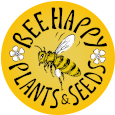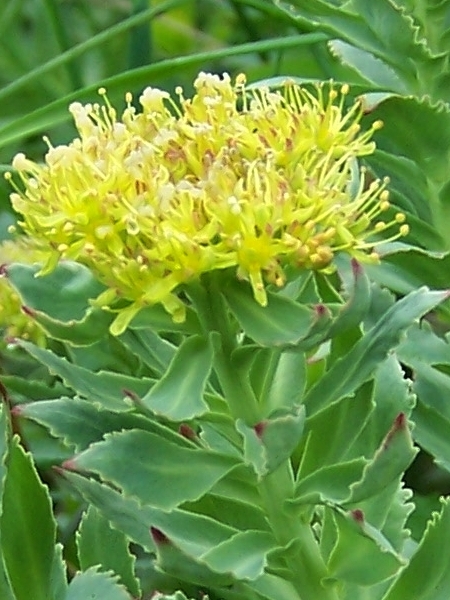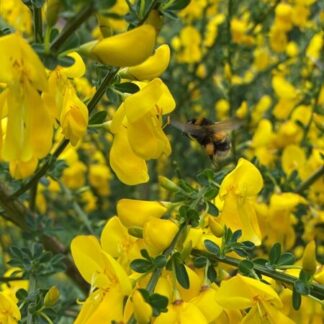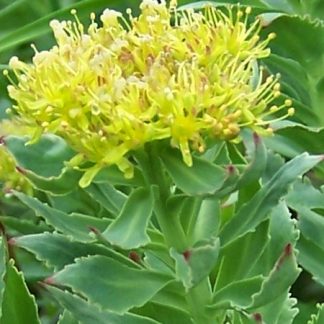Description
rassulaceae (Family name)
Forage for Pollinators: This is a very small type of Sedum, so in reality, although Bee pollinated, it does not produce much for bees, though on the other hand, it does rely on its pollinators. It is more noteworthy for its medicinal uses. Pollinated by Bees and Flies.
Flowering time: May, June, July.
Growing information: NATIVE PERENNIAL. Syn. Sedum rosea, S. rhodiola, growing to 0.3 m (1ft) by 0.3 m (1ft in). Prefers very well-drained, rocky sites. Hardy to minus 50ºC. This is a sedum which grows in many cold regions of the world from the Arctic to the British Isles. It has for thousands of years been used medicinally (for example for increasing stamina and cold-tolerance; and in clinical medical trials on people, R. rosea extract had a positive effect on sensitive and fading skin, improving overall skin condition) and with some proven health benefits, yet no side effects It is dioecious, so both male and female plants are needed for seed production. Suitable in a rock garden.





